Checking Your Loft and Lie Angles
I know a lot of golfers ranging from super serious to the recreational “play twice a year” type. Many of them wouldn’t even consider the need or desire to have the loft and lie angles checked on their golf clubs. I can accept this from the recreational player who doesn’t care much and is just happy to get out, but the serious players that invest so much time and money into the game have no excuse. Making sure your clubs, especially irons and wedges, have the correct lofts and lies will have significant impact on how you hit the ball, and ultimately your scores.
Of course, I’m sure many think “all clubs’ loft and lie angles are created equal.” That’s not true. Each club manufacturer builds their club to their own “standard” and it can vary from brand to brand. Admittedly they will be close, but it’s important to be aware that they can differ. Most importantly, you should work with a good fitter to make sure you know the correct lofts and lies for your swing.
EDITOR’S NOTE: we aren’t covering “how to figure out the correct loft and lie angles for you” in this post. That’s a subject better suited for its own post.
What Are Loft and Lie Angles?
I suppose it’s important to explain what loft and lie angles actually are, huh? I imagine loft is pretty intuitive if you’ve found yourself on golf internet, but we’ll cover it anyway. Loft is the angle of the club face which influences the trajectory of the golf ball. In short, loft plays a huge part in controlling how far you hit each club. Lower lofts will go further and higher lofts will go shorter.
Lie angle is pretty simple as well, but I’ll help clarify it. Think of the shaft of the the golf club and the ground underneath it forming an angle where the heel of the club is touching the ground. This is your lie angle. You can adjust this up or down depending on your needs based on your swing.
Why Do You Need to Check Loft and Lie?
The ultimate goal is to have the sole of your golf club perfectly parallel to the ground at impact. This means you have the right lie angle. If the toe of the club is too “in the air” at impact, it means the lie angle is too “upright” and you need the lie to be bent “flatter.” If the heel is too in the air, then you guessed it, you need to bend the lie more upright because the lie angle is too flat. It’s worth noting that’s important to understand how the sole of the club is at impact, not at address. How the club is sitting at address really doesn’t physically mean anything.
Theoretically, an incorrect lie angle could cause serious aim issues. A club with a too upright lie angle will start the ball left of your target at impact. Too flat and the ball will start right. Save yourself the hassle of that all-day fight (I’ve been there) and get your loft and lie right.
I found this image in like five different spots on the internet to explain, so shout out to TaylorMade for this one. The image below explains the effect of loft and lie.
How Often Should I Check?
There’s really no perfect answer to this question and there are a lot of variables to consider. First off, do you play soft forged irons, or cast irons? A soft forged iron will likely need to be “bent back to spec” more often. Have you been practicing a lot on hard mats in a dome over the winter? Probably should get your loft and lie angles checked before heading outside for the season. Do you have a hard swing with deep divots? Play on hard turf conditions? These are all factors to consider that may help determine your frequency of checking. At the end of the day, the more swings you put on your clubs in harder conditions, the more risk you run of bending out of your spec.
Another factor to consider is just “has your ball flight changed but you feel like your swing hasn’t and your speeds are the same?” Seems like a great time to check everything to me. Especially if you’re noticing a change in distance for each club. It’s possible your loft has changed.
At the very least, you should check your loft and lie at least once a season. I’d recommend players with forged irons do it a minimum of two times (once at the start and end of the season). If you’re serious player, I’d check maybe a little more – especially if it gives you mental peace. At the end of the 2020 season, my irons had definitely shifted!
Checking & Making Adjustments
Make sure you bring your clubs to a trusted and quality club builder. There is definitely a risk of damaging the clubs and you also want the work to be accurate. Especially considering you’re largely trusting their work since you may not be able to double check on your own. In some cases, you might even be better off sending your clubs somewhere for the work. I know that sounds like a pain, but that value is for you to decide. I’ll just say I’ve had work done at some big box stores in the past and it was atrocious. Doesn’t mean there aren’t any out there that can do the job (shout out, Meurig, your work was TOP notch). Just my experience…
If you’re going to check and adjust loft and lie on your own, just make sure you have a good quality machine and bending bar. Having bad ones could very quickly turn into a bad day and ruin your clubs. Some warnings: 1) neither are cheap! 2) make sure you have the machine calibrated and you take good care of the equipment. Protect your investment, and more importantly, you want your work to be accurate.
Final Thoughts – Loft and Lie Angles
This subject is one of those silly little things that can actually make a huge impact to your game. There have been stories of PGA Tour players struggling all year and wondering why, only to go in the truck, get their sticks measured and they’re all off. They get them fixed, then start reeling off better finishes, and even winning. The moral of the story is that it’s worth doing. Most places charge around $5/club to check and adjust as necessary. Just make sure you’ve done your homework to give them the right specs!

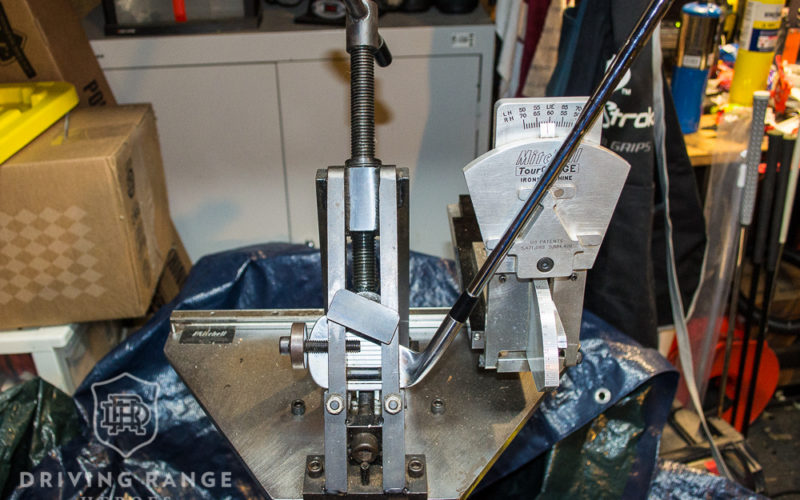

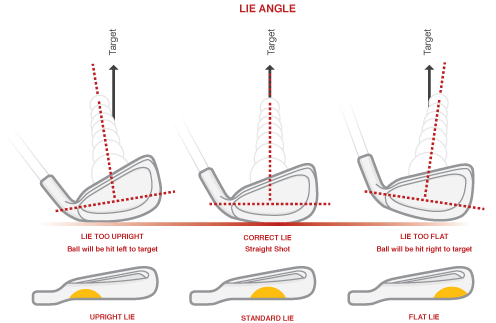
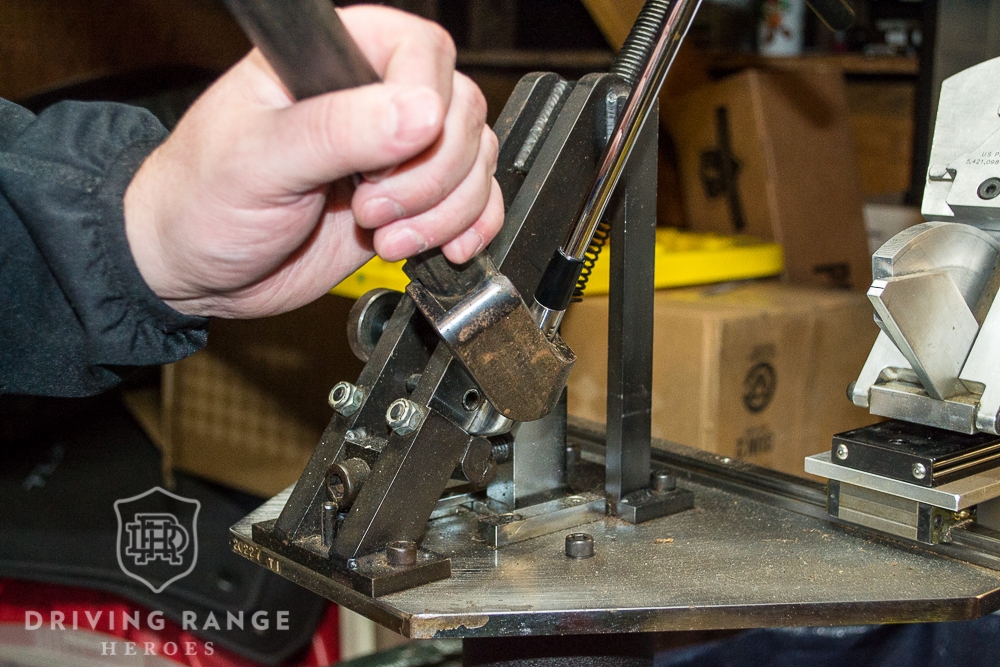
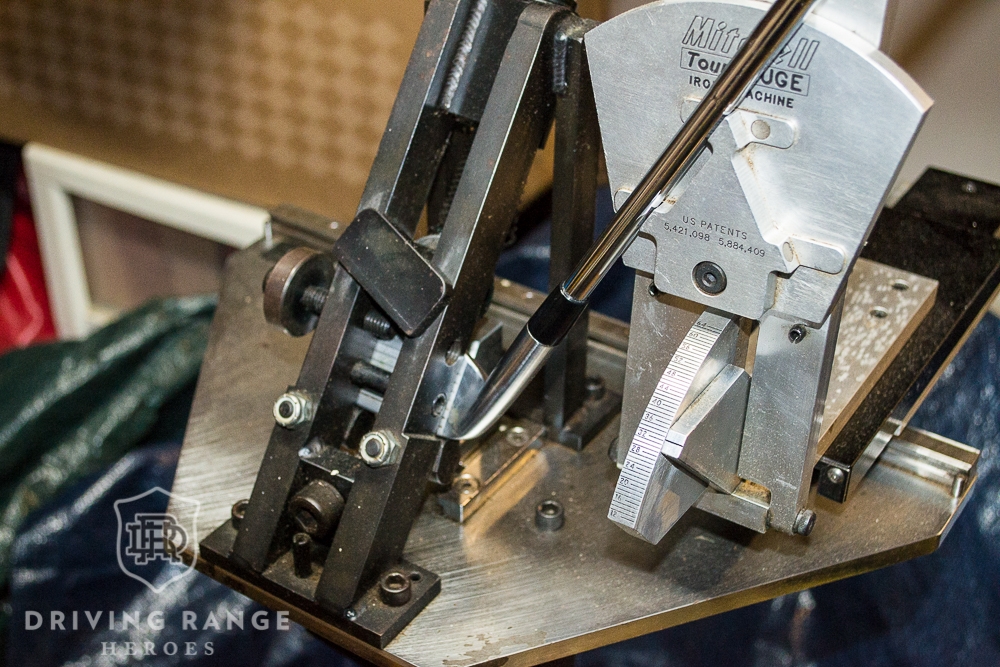

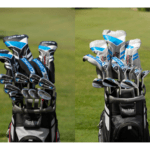
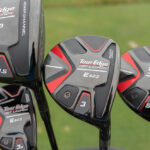
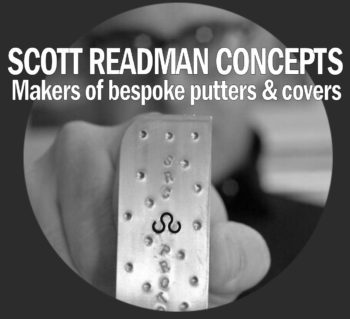











Bill – I live in Dupage county…do you have any recommendations on where to get loft/lies checked?
I’d say it’s something “any place can do” but I really would only trust very few. Either a local pro or builder in your area that has done great club work (likely including bending) for you before OR I’d personally, if I couldn’t do them myself, take them to one of my guys at the Club Champion in Willowbrook. There are some great guys in the other Chicagoland locations, but that’s been my go-to in the past.
The key is getting someone who knows what they’re doing, has a good machine and bar, and their machine is accurate.
Bill,
Keep the Workbench content coming! Cant tell you how much I’ve learned from your articles. You ever thought of doing matching videos for some of your “how-to” content?
There are talks. Just need some time and some vaccines. The thing is, there are literally so many of those types of videos on Youtube and such, that we want to make sure we do them a little better or different…or something. Not saying revolutionary by any means, but we don’t want to just “add to the pile”. But yeah, I like doing the workbench stuff a lot, just need some things to fall into place to get more moving. Oh, and projects to work on! lol
Hey Bill
Thanks very much for your helpful article.
Do you know how much lie angles can change on forged irons vs cast irons with use? How many degrees are we talking? Or if you only know from past experience, from memory roughly how many degrees on average had your lie angles on your irons changed between checks and how much golf was played between the checks? And was there any change on the lofts? If so, how much?
I don’t think there’s as much of a standard or rule of thumb as you’re looking for. It’s going to vary from club to club, how much use, where you play, how you play, what your swing is like, etc. All sorts of different variables will dictate all of it.
It’s more of a best practice and rule of thumb thing for me. Loft and lies will/can change. Softer steels in a forged iron will be more susceptible.